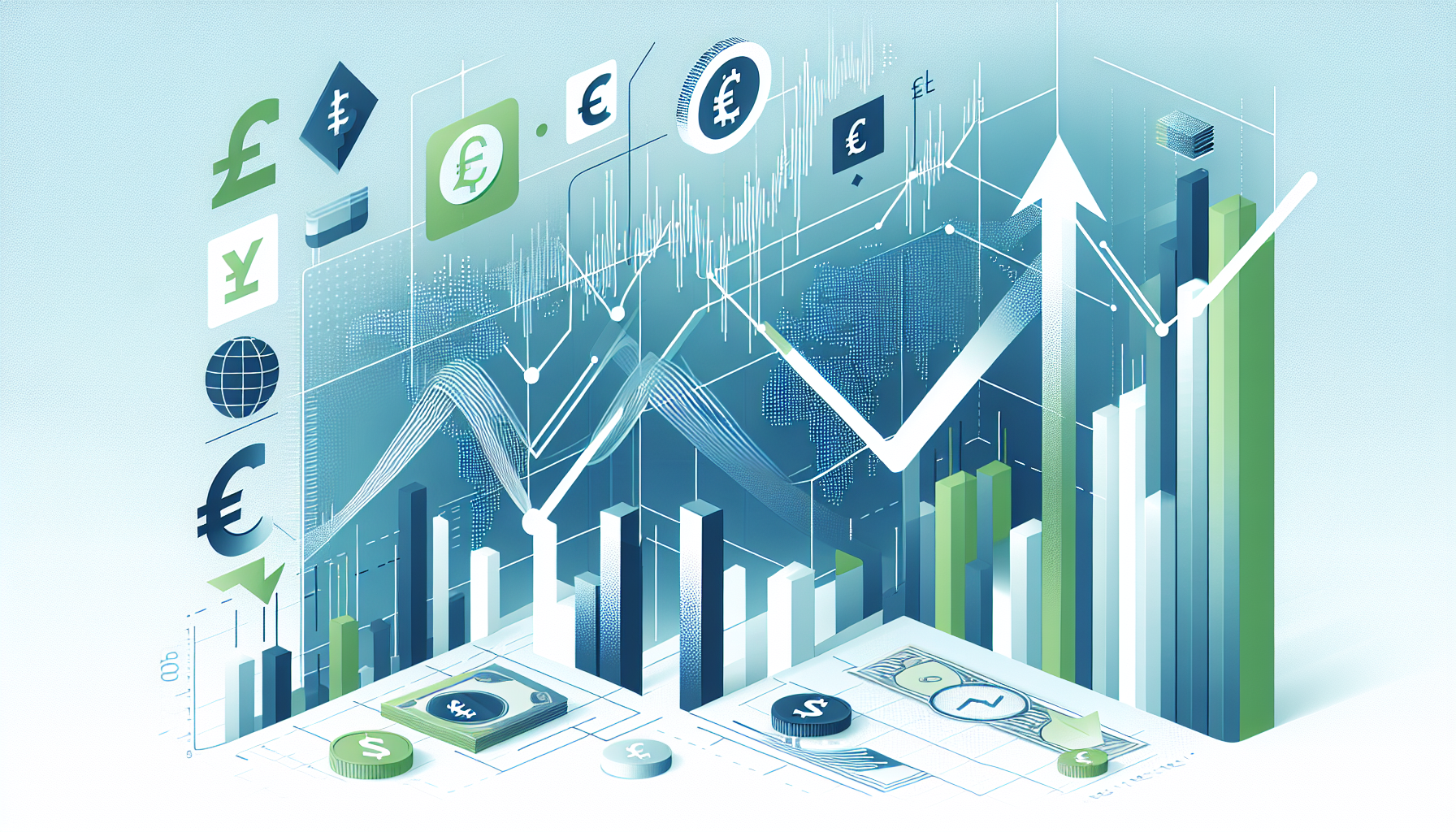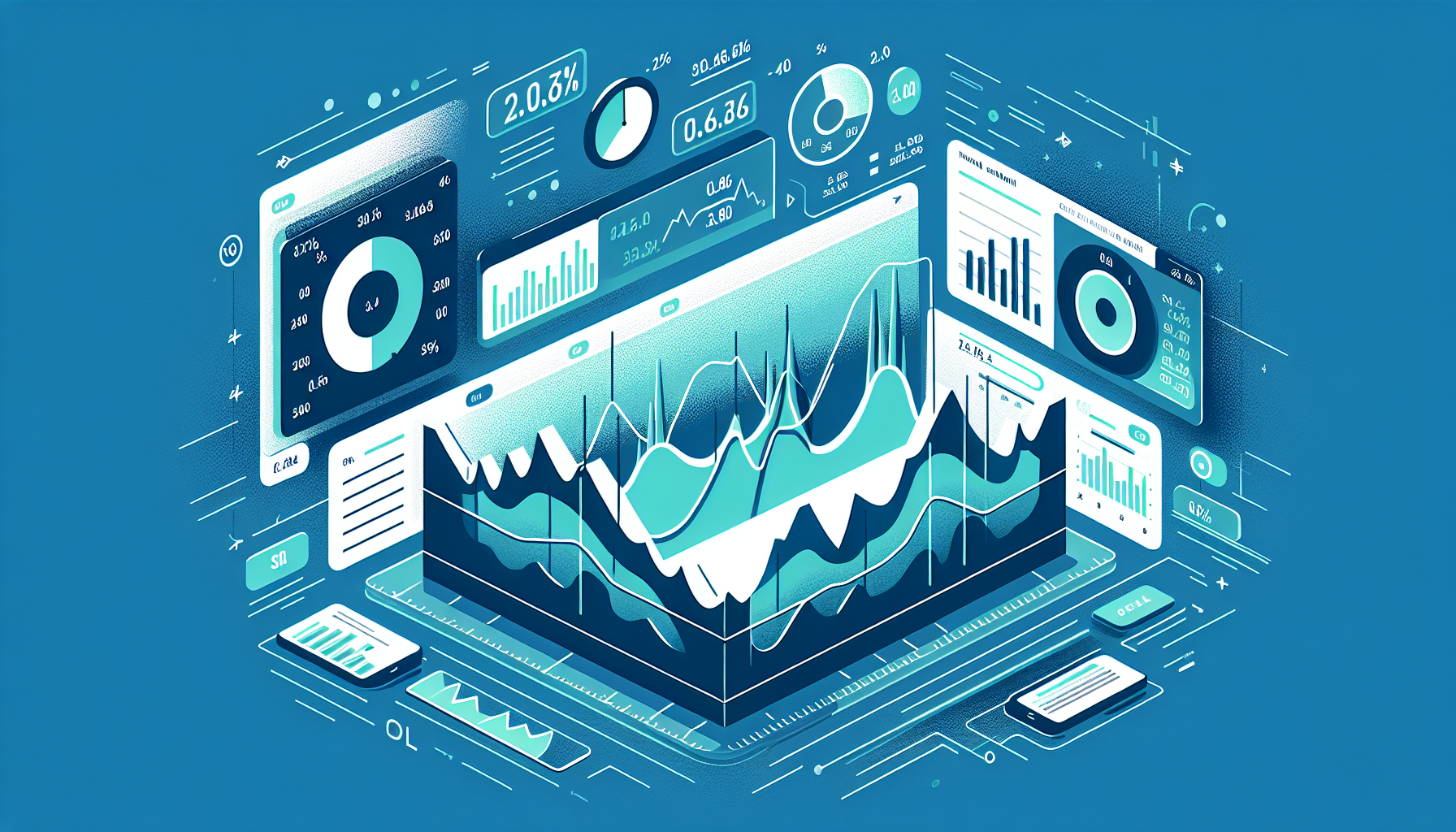Market Overview
Currently, we are observing an interesting phase of interest rates, where the US yield curve exhibits a normal structure: 2 years at 3.57%, 5 years at 3.71%, 10 years at 4.14%, and 30 years at 4.73%. The ECB has kept the deposit rate stable at 2%. This environment signals a phase where investors must carefully weigh both the opportunities and risks of bonds and bond ETFs. Market volatility, with a MOVE Index of 95.5, is also within the normal range, indicating a certain level of stability.
Interest Rate Analysis
The analysis of interest rates shows a Yield Curve Spread of 0.57% between the 10-year and 2-year US bonds, indicating healthy economic activity. Compared to the ECB, there is a US-EU Spread of 2.14%, meaning that investors in the USA can generally expect higher returns than in Europe. This difference is particularly relevant for international investors choosing between markets. The comparison of interest rates also highlights that the US economy may be growing stronger than the Eurozone, which is reflected in the yields.
US Treasury Yield Curve
29.10.2025
Risk Indicators
The current market volatility, measured by the MOVE Index, shows that despite the stable interest landscape, certain uncertainties exist. A low index value may indicate that investors have confidence in market stability. However, the current interest structure could also signal potential recession risks, especially if long-term rates remain relatively high. An inverted yield curve would raise additional concerns, but currently, the spreads remain normal, suggesting that confidence in economic recovery persists.
Investment Strategies
For conservative investors, it may be advisable to invest in bond ETFs with shorter durations to hedge against potential interest rate increases. Strategies such as Duration Management can help minimize interest rate risks. More risk-tolerant investors, on the other hand, might consider investing in high-yield bonds or ETFs targeting high-quality corporate bonds to benefit from higher yields. The decision between quality and yield will be crucial, as market conditions and economic forecasts can change rapidly.
Outlook
In the coming months, it will be essential to monitor the development of interest rates and the responses of central banks. Investors should be prepared to adjust their portfolios to respond to changes in the interest landscape. A diversified strategy that includes both conservative and risk-seeking investments may prove wise. Understanding the yield structure and associated risks will be crucial for a successful investment strategy.



